Don Hunstein began as a craftsman but once his instincts took over he became an artist. His great opportunity to enter music history came when he was hired by Columbia Records as their in-house photographer, a job that lasted from 1955 when the company began using freelance shooters in 1986. His tenure at Columbia began when he was asked to organize their photo library and supplied prints to media outlets upon request. Eventually, he was given the chance to demonstrate his skill when he became part of its photography staff. It wasn’t long before he was named Columbia’s Director of Photography.
After graduating from Washington University in St. Louis, he became interested in photography after he purchased a Leica camera while stationed in England with the USAF. He was particularly drawn to the work of Henri Cartier-Bresson who influenced his technique. He studied at the Central School of Art and Design in London.
A book of photographs of New York City was published in 1962. In it, there was a shot of Times Square that Dylan chose for the cover of his well-received memoir, Chronicles: Volume One in 2005. Dylan had not forgotten the photographer who made the cover of Freewheelin’ a part of music history.
As a fixture at Columbia, Hunstein had access to artists at the beginning of their careers. One was Aretha Franklin who was just a teenager who was yet to become the Queen of Soul. The picture he took of her combined innocence and great confidence. It showed that Hunstein was a master at knowing just when to let his camera find a moment that captured the essence of his subject.
His work has been included in many exhibits and galleries where it takes its rightful place among other iconic photos that help define what rock and roll is all about. If a photograph is a frozen moment, Hunstein knew how to freeze a moment in time.
His work from his Columbia years has been included in exhibitions like Who Shot Rock & Roll which opened in Brooklyn in 2009 and then toured. Hs work has also been featured at galleries such as The Morrison Hotel and others throughout the US and the world.
“Don was unique because he shot every kind of music,” according to Gail Buckland, who curated the show at the Brooklyn Museum. “Most photographers specialize in jazz or rock or classical, but he was across the board. If it was music, he was the go-to guy.”
“There was nothing metaphysical about what I did,” Hunstein is quoted as saying in Keeping Time: The Photographs of Don Hunstein, written by Jon Pareles, the chief pop music critic for The New York Times. “I’d just like to think that I had a good eye for detail, that I captured the moment at hand. But mostly, I just did my job.”
Jill Furmanovsky, a highly respected rock photographer, and the founder of Rockarchive, wrote in an email that Hunstein "had made the most of the abundant talent roster that walked through the studio’s doors. He shot equally well in color and black-and-white," she said, "and handled other tasks — like dealing with difficult characters and having a feel for musicians — adeptly. He was a great music photographer,” she wrote.
The iconic cover of Freewheelin’
The cover of Freewheelin, thanks to Don Hunstein’s remarkable eye, captures the time between the peak of the media’s obsession with the beat generation and the arrival of the hippies. In Chronicles, his celebrated memoir, Dylan paid tribute to Suze Rotolo, the young woman who walked beside him on the Freewheelin’ album cover.”
“Right from the start I couldn’t take my eyes off her. She was the most erotic thing I’d ever seen. She was fair skinned and golden haired, full-blood Italian. The air was suddenly filled with banana leaves. We started talking and my head started to spin. Cupid’s arrow had whistled past my ears before, but this time it hit me in the heart and the weight of it dragged me overboard... Meeting her was like stepping into the tales of 1001 Arabian Nights. She had a smile that could light up a street full of people and was extremely lively, had a kind of voluptuousness—a Rodin sculpture come to life.”
The photo of Bob and Suze was not one that would have existed if Hunstein, who began the shoot in the apartment shared by the couple, had not suggested going outdoors on that freezing cold afternoon in February 1963. It was one of several photographs Hunstein shot. You can see some of the outtakes here:
Someone with Snap Galleries (whose name is not given in these remarks offered on their site), describes the iconic photo this way: “There are so many reasons to love it. Little details; look at the way Dylan’s foot seems to come out of the picture: as one astute client put it, you can almost hear the crunch of the snow. It’s wonderfully evocative of early sixties New York, a time, a place, being young, being close to someone. See how the components of the image come together: Bob and Suze curving towards each other trying to keep warm, Bob dead center, the vanishing point disappearing off into the distance behind him, with the lines of the rooftops, the cars, and the VW van pulling your eyes towards the center and heightening the sense of perspective. Look at the buildings with their copper-blue tone and the way they blend into the sky, seemingly scorched by the sun. Are we getting a bit carried away here? Hell no.
“… We are lucky he went outside: if he had just called it a day and headed back uptown, we wouldn’t have this photograph. We are firm believers that great photography can lift the spirits and this picture is our number one spirit lifter.”
How iconic is Hunstein’s cover photo? Talk to John Pita, owner of a Jones Street record shop called Record Runner just a few feet from where the photograph was taken. Pita claims he doesn’t like to talk about “the spot” because he is asked about it so often. Patrick Prince of Goldmine Magazine quotes him as saying:” [Hunstein] took the “Freewheelin’” cover image right outside his store. For the 37 years that Pita owned Record Runner (and he is not sure what type of store was there when the photo was taken in 1963), both die-hard and casual fans alike are curious enough to interrupt his day-to-day business of selling records to ask the simple question: “Where?”


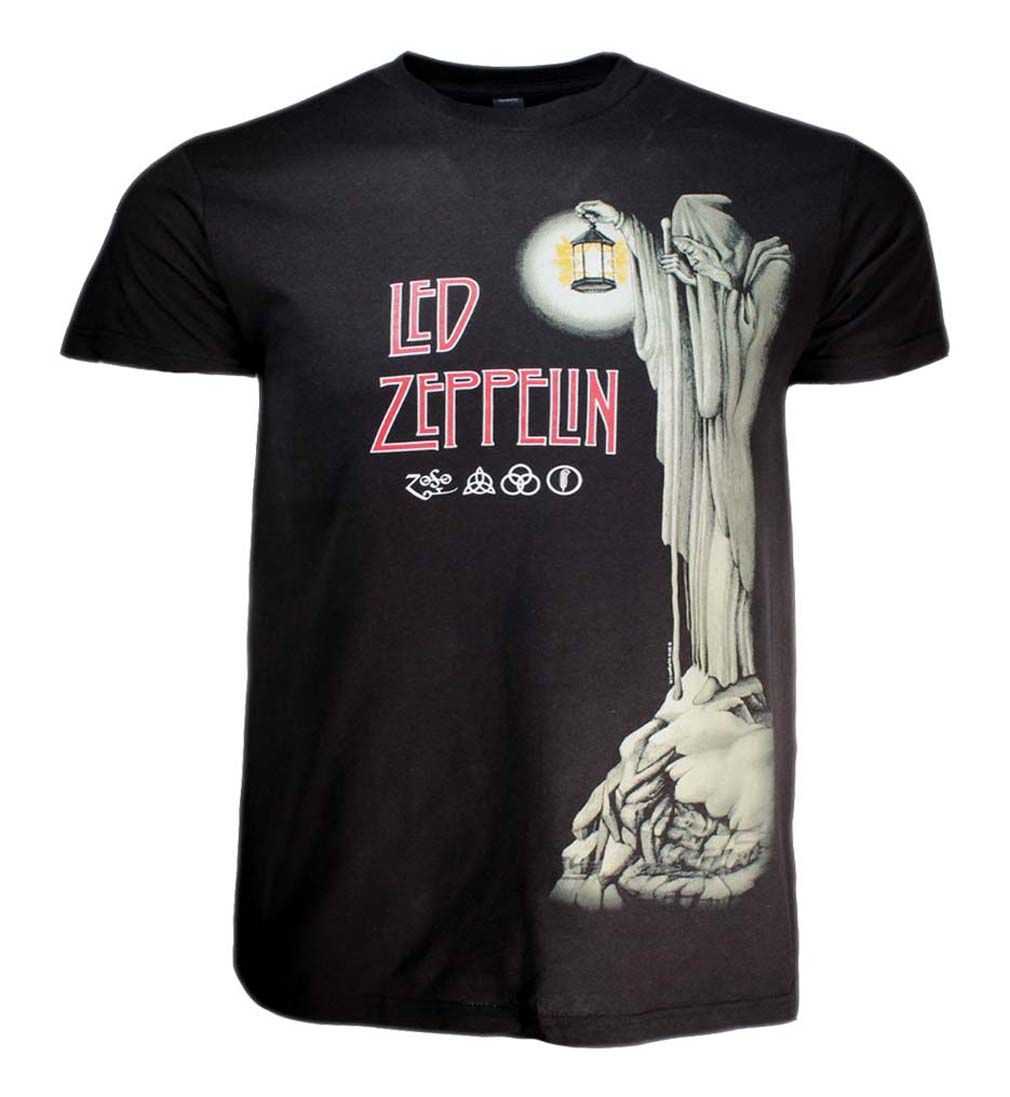











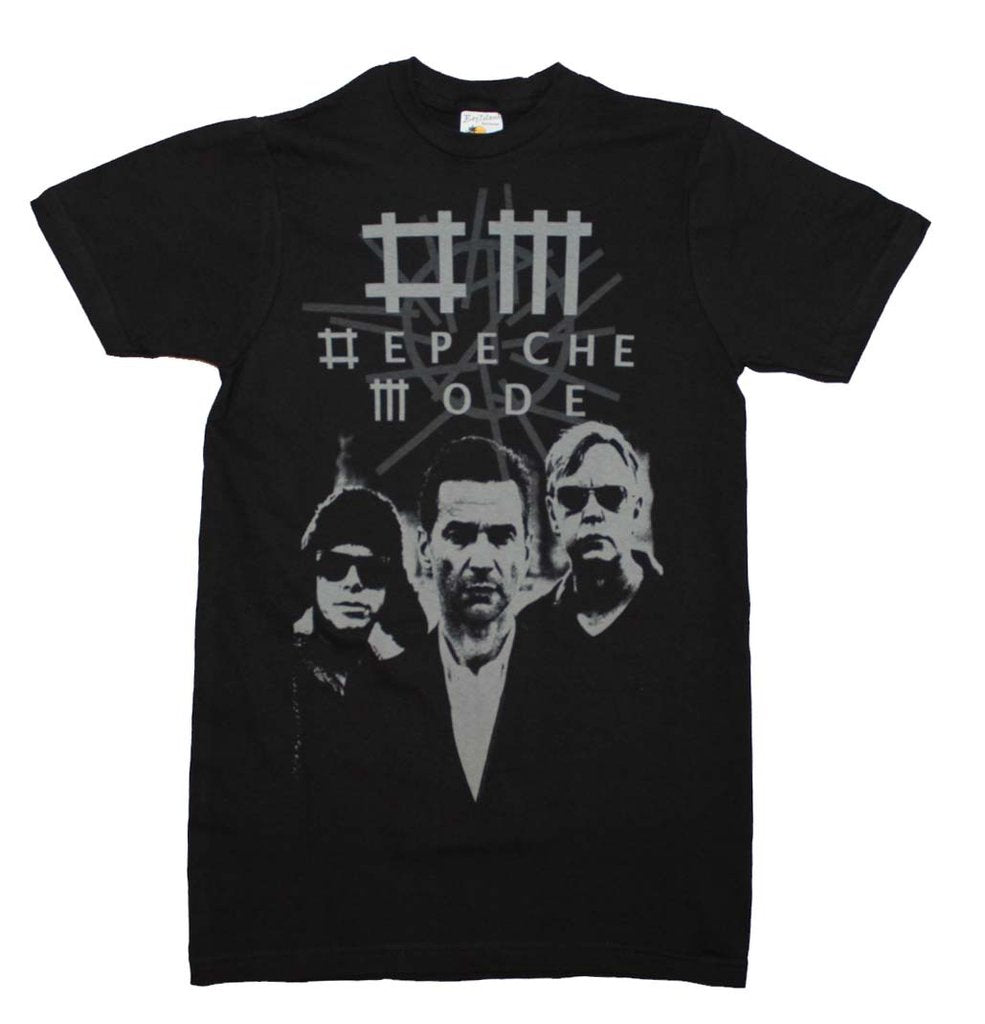



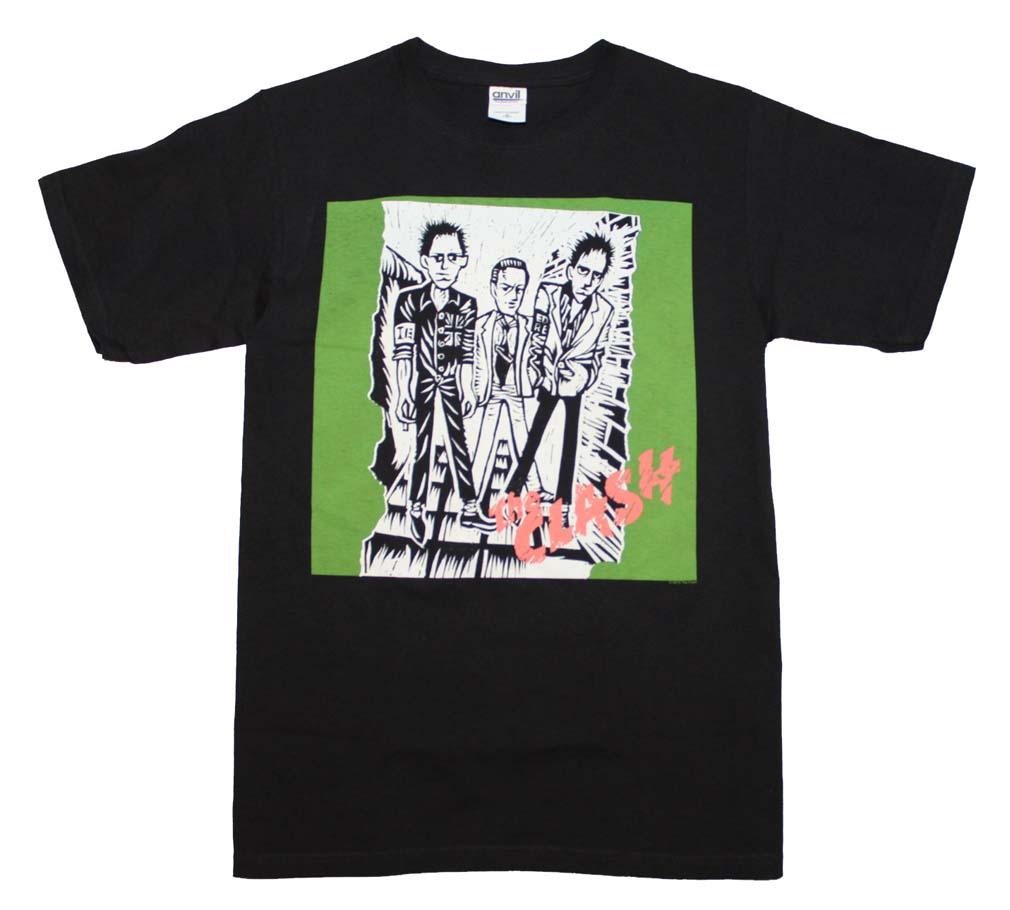




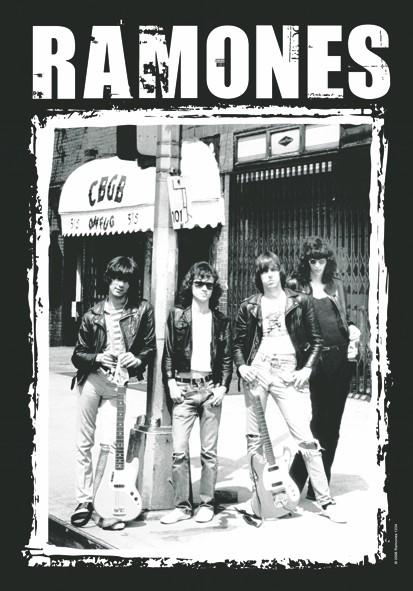
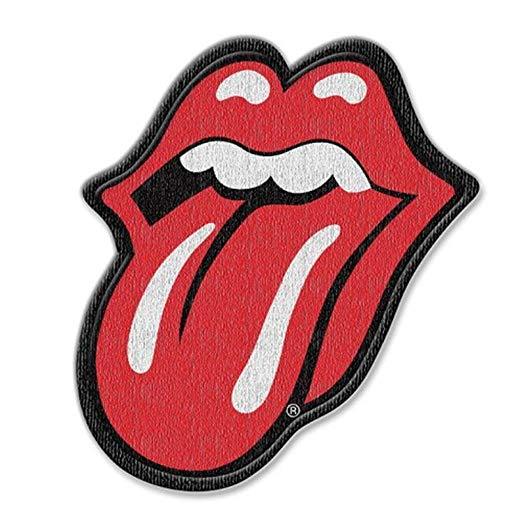

Comments
0 comments